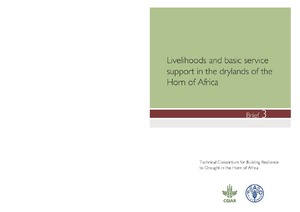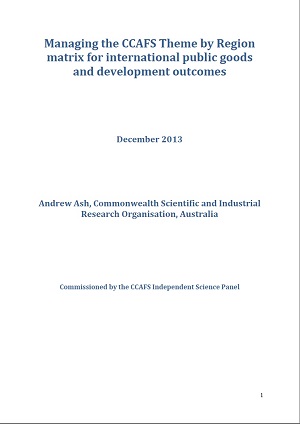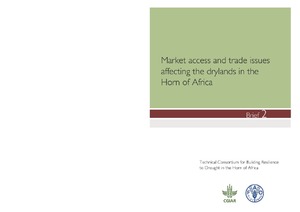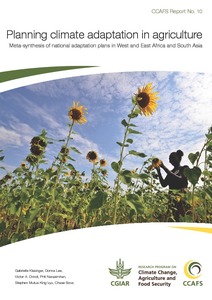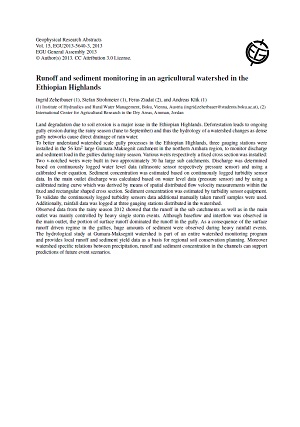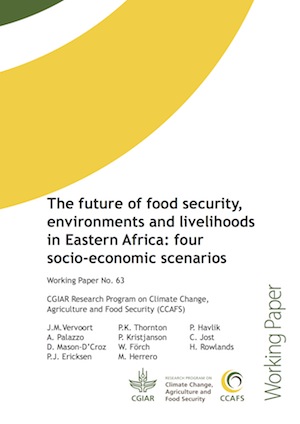If we halt deforestation, will the world starve?
Making sure that we will continue to have enough to eat is at the heart of our shared ambitions to mitigate climate change. The United Nations Framework Convention on Climate Change (UNFCCC), the convention that has guided us through the highs and lows of 18 rounds of annual negotiations, states upfront that the reasons to stabilise emissions are threefold: to allow ecosystems to adapt naturally , to enable economic development to proceed in a sustainable manner and to ensure that food production is not threatened .


